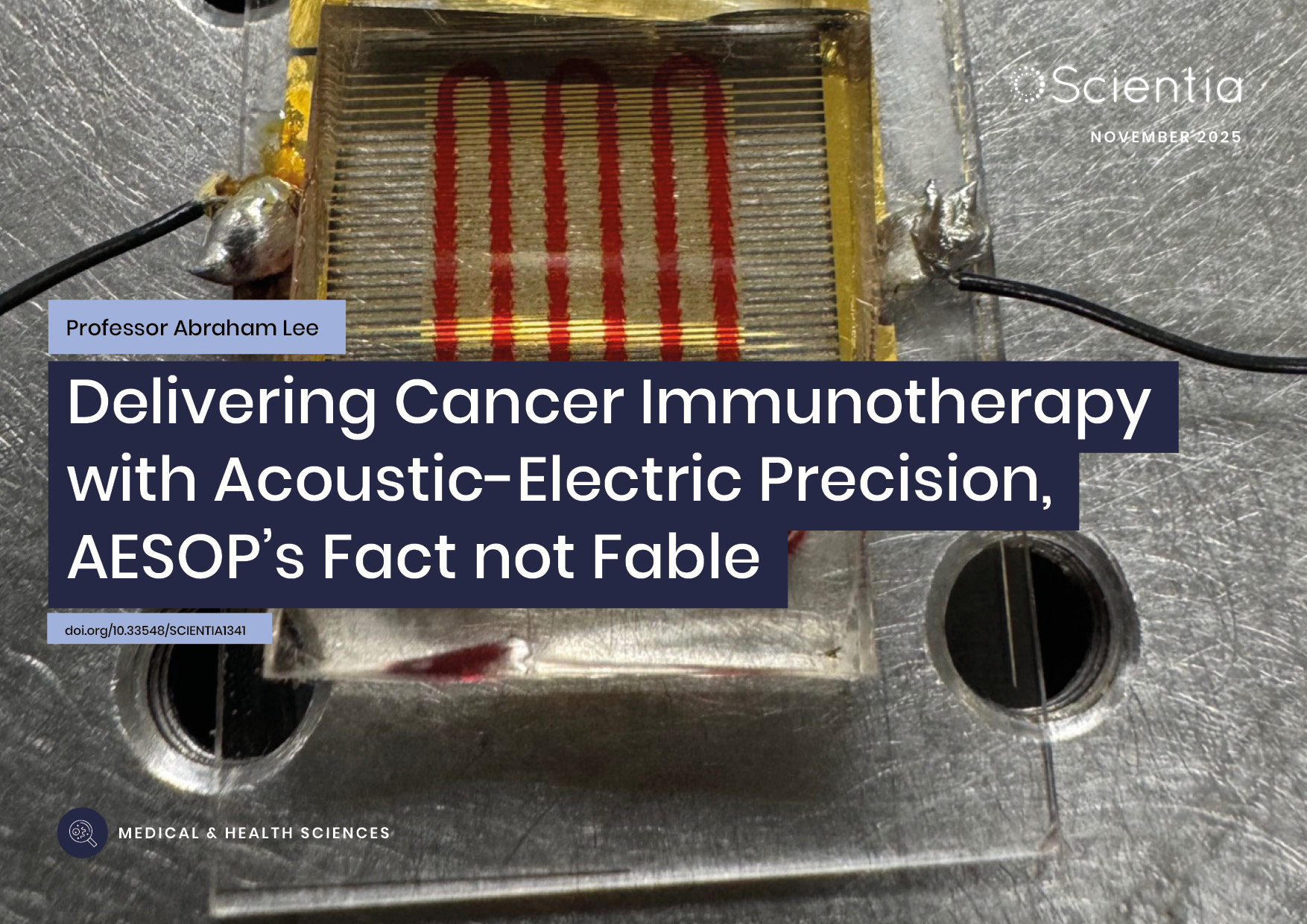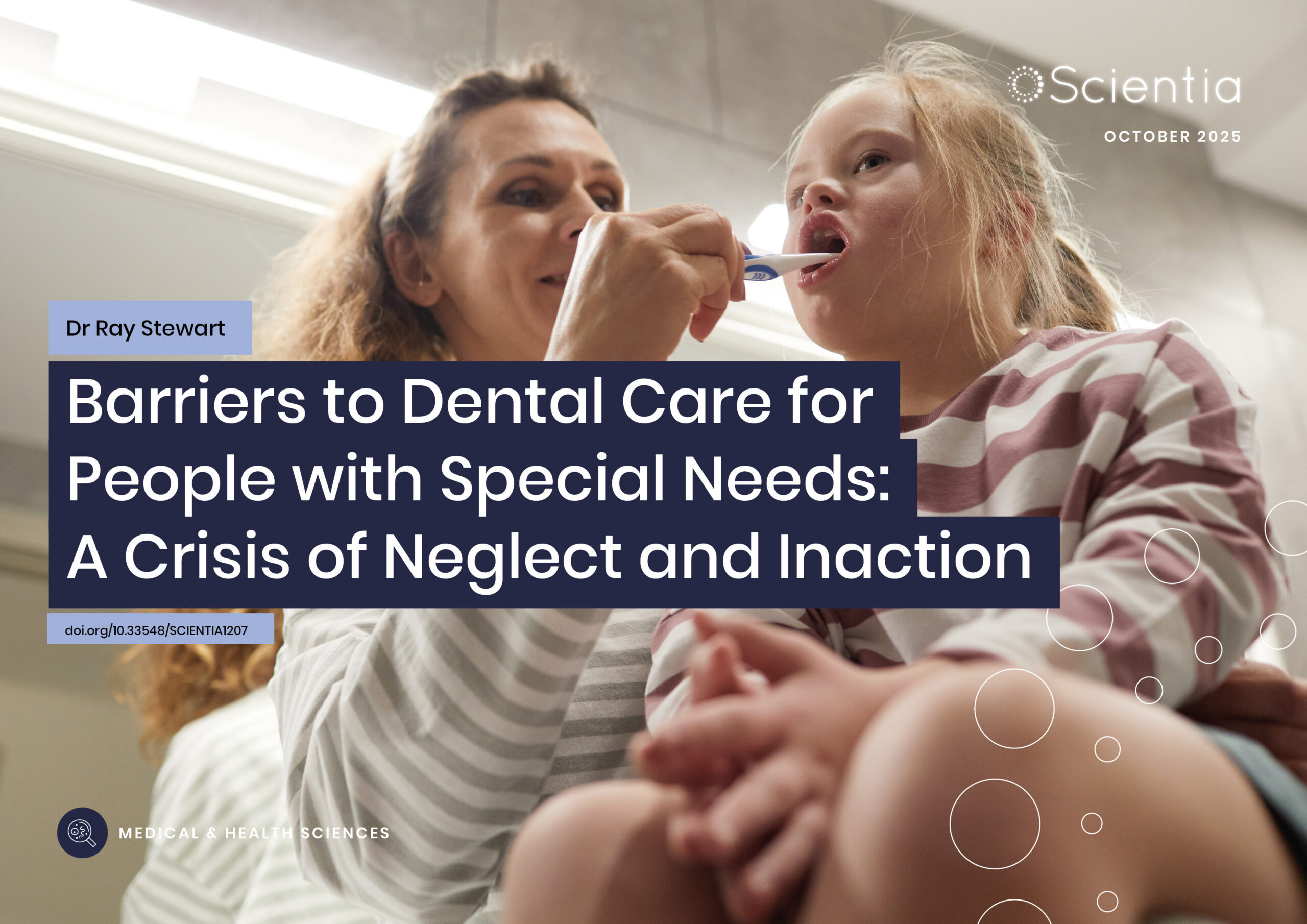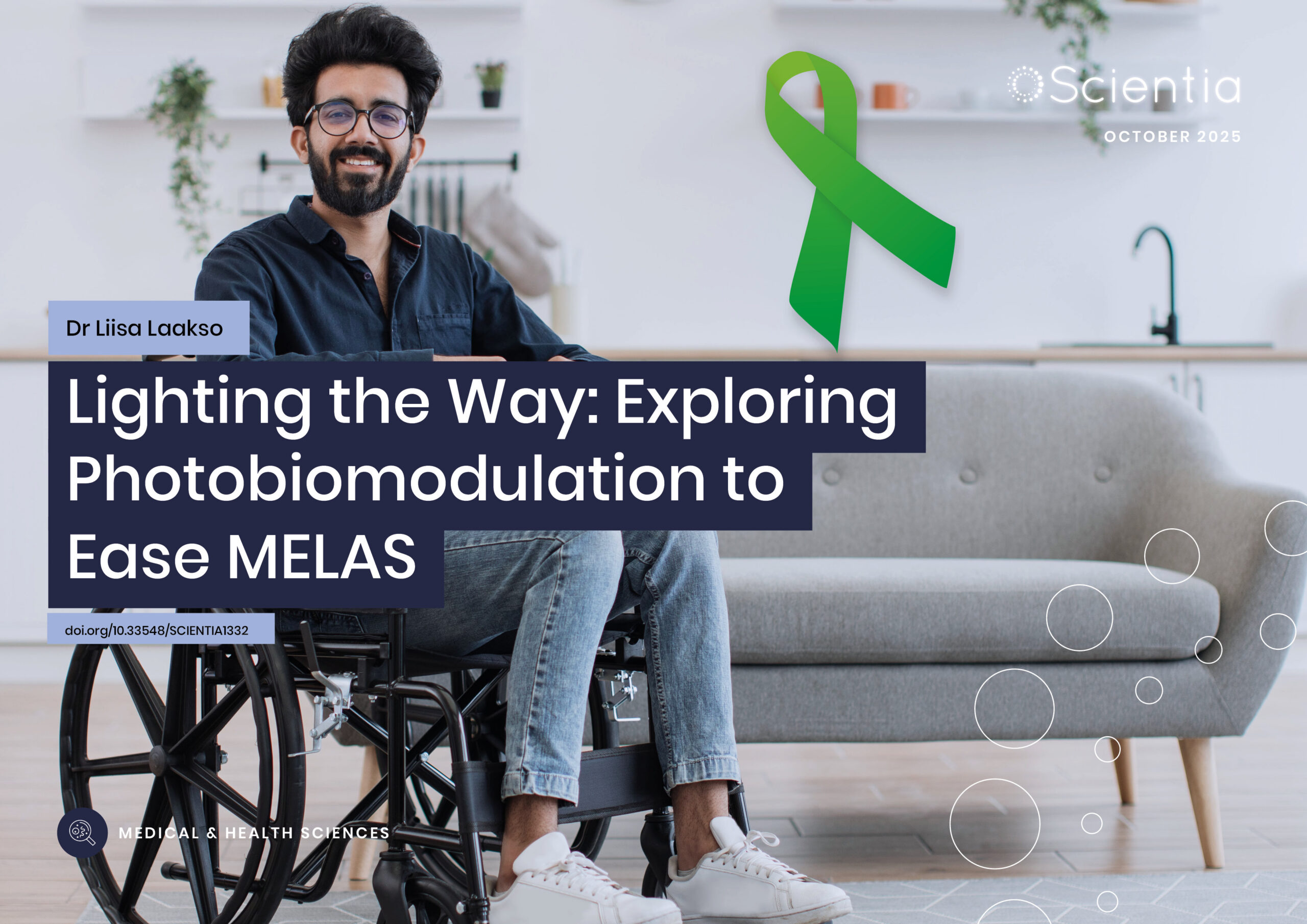Dr Doug Brugge | The Community Assessment of Freeway Exposure and Health Studies: Minimising Exposure to Traffic-related Air Pollution
People who live close to busy roads and highways are exposed to high levels of traffic-related air pollution. This puts them at risk of significant health difficulties such as high blood pressure, heart attacks and cancer. The Community Assessment of Freeway Exposure and Health Studies led by Dr Doug Brugge from the University of Connecticut represent community-engaged research into the biological impact of high exposure to pollution and importantly, possible solutions to this. This work has shown that high-efficiency particulate arrestance filters are one promising intervention for minimising exposure to pollution and thus improving health.
A Serious Health Issue Worldwide
Traffic-related air pollution is a concern for the health of people living in urban areas all over the world. In the USA, exposure to air pollution is associated with 100,000–200,000 deaths annually This pollution comes in the form of gases and particulate matter of many sizes and compositions suspended in the air.
These pollutants can have serious health implications, and where people live and how long they stay there impacts a person’s exposure and their likelihood of associated illness. The air around high traffic areas can contain two to three times higher concentrations of polluting gases and particulates than other sites, and even inside cars during commuting, concentrations are high.
Ambient airborne particulate matter is one of the top five causes of morbidity and mortality globally. To improve the health of the people living in cities and traffic-heavy areas, it is vital to study local traffic pollution, which has been studied much less than regional pollution in order to understand the impact it has and to reduce exposure and health consequences.
This is the focus of a group of researchers and community partners led by Dr Doug Brugge at the University of Connecticut, USA. Starting in 2008, the original Community Assessment of Freeway Exposure and Health (CAFEH) Study investigated levels of pollution in Boston communities near high traffic volume highways. CAFEH now provides an umbrella for several ongoing research projects that collaborate with affected communities. This work is providing insights into how highway traffic pollution affects nearby communities.
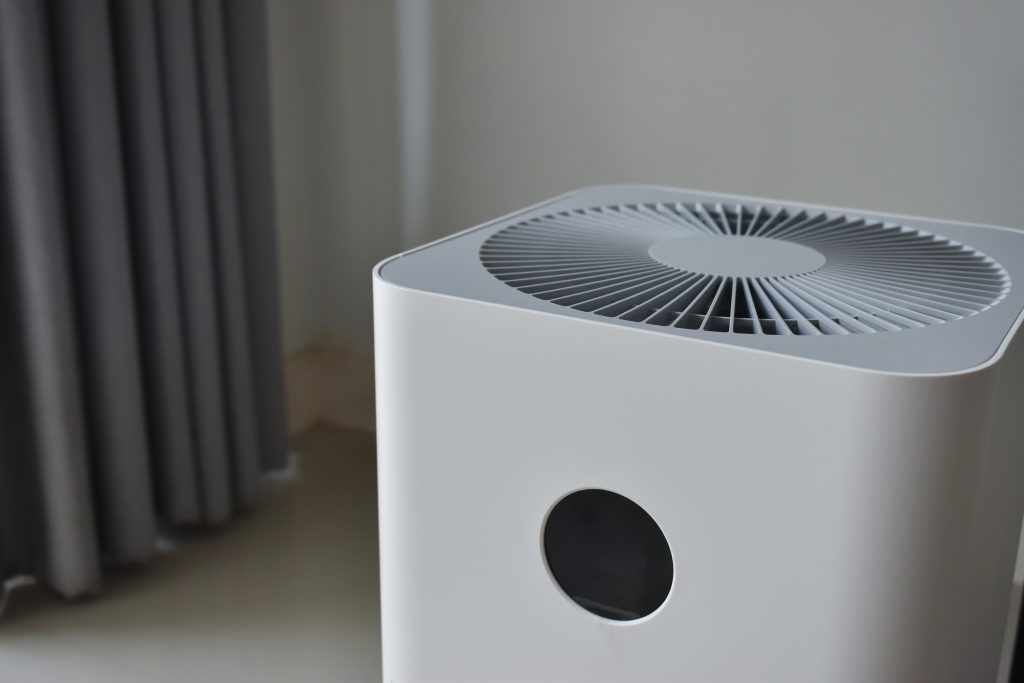
Air purifier
Air Filtration to Lower Pollution Particle Concentration
‘I have played a leading role in a series of community-based participatory research studies and implementation projects in the Boston area for about 15 years’ explains CAFEH Principal Investigator and Steering Committee Co-chair, Dr Brugge.
Particles emitted from vehicle exhaust pipes generally make up around 30% of fine particulate matter and are regulated in the USA. Concentrations are consistent over tens to hundreds of kilometres making them a regional pollutant. But a particular concern is the high concentration of the smaller ultrafine particles commonly found in traffic-heavy areas of cities. These concentrations vary a great deal over tens to hundreds of metres and remain unregulated.
Ultrafine particles represent an emerging health burden, considering there is evidence to suggest poor health indicators and cardiovascular disease risks are elevated by their presence. ‘We started out studying the effects of traffic-related ultrafine particles on health, focusing on biomarkers of cardiovascular risk… (and) we were among the first to report associations of ultrafine particles with biological health measures and continue to study these associations. However, we rapidly shifted from studying the problem to also exploring options to reduce exposure’, explains Dr Brugge.
These explorations lead them to air purifiers, which have become increasingly popular due to the COVID-19 pandemic. These machines have the ability to reduce the concentrations of particulate matter indoors, including traffic-related particles, allergens and even viruses. They could be a promising tool although their efficacy is not well established for residential exposure to traffic particles. Therefore, the CAFEH project team conducted a pilot study that recruited low-income Puerto Ricans across 23 households in Boston and Chelsea in Massachusetts. Reducing ultrafine particles in low-income households can be especially difficult due to a lack of mechanical ventilation in their homes.
Participants were given high-efficiency particulate arrestance (HEPA) filtration devices for their homes for three weeks and a sham device that had no filtration capabilities for a separate three weeks (with the order of the intervention/sham intervention randomised and participants blinded as to which they had). Particle number concentrations were measured continuously over the six weeks. The results revealed that when HEPA filtration was in effect, the participants’ homes had 50–85% lower concentrations of particles than with sham filtration. However, the researchers did not find a statistically significant reduction in blood inflammatory biomarkers in these participants.
A number of explanations could account for this finding, including the amount of time that participants spent in rooms with the filters and serious underlying health conditions that might mask the benefits of reduced exposure to particulate matter. Therefore, the team concluded that whilst HEPA filtration does lower ultrafine particle concentration, there was a need for an improved study design to better understand the impact of filtration on health indicators.
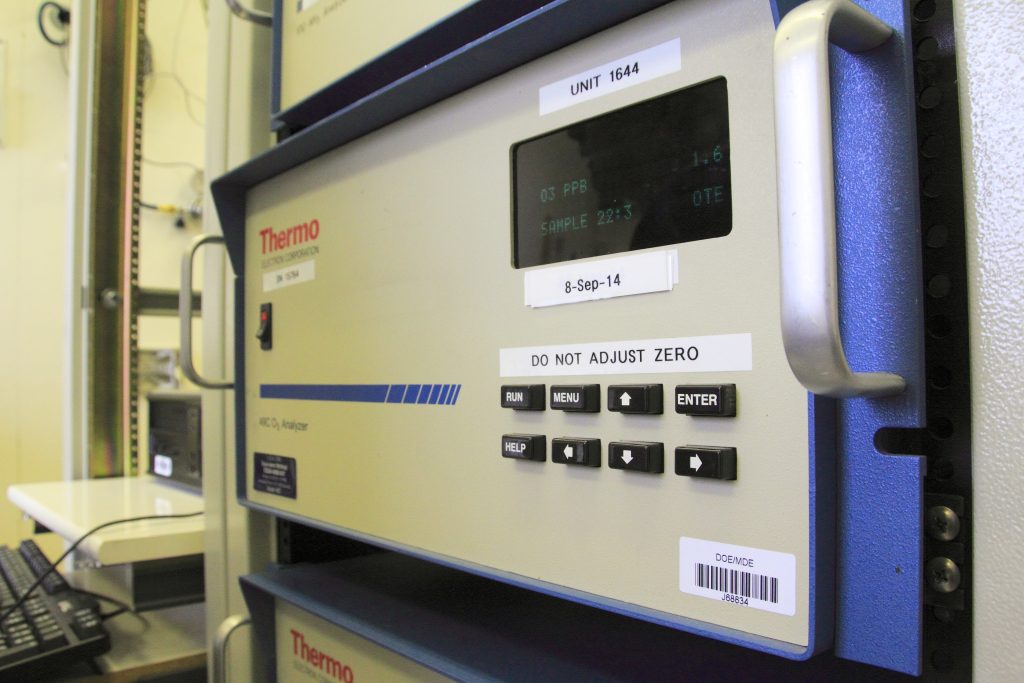
Controlled Air Filtration Study
Dr Brugge and the CAFEH project team next developed a methodologically more rigorous study, which they conducted under highly controlled conditions. This research focused on the effect that traffic-related air pollution has on short-term changes in blood pressure, the elevation of which is a risk factor for cardiovascular disease. A total of 77 participants each spent two hours in a room near an interstate highway on three separate occasions. A HEPA filter and the opening/closing of windows and doors were used to control the concentration of particles and therefore, the exposure the participants experienced. In a randomised order, participants were exposed to low, medium and high levels of traffic pollution, with a one-week ‘washout’ period in between each test to allow valid comparisons between the different study conditions.
Systolic blood pressure (the larger blood pressure number, which represents the pressure in the heart during contraction) and diastolic blood pressure (the smaller number, which is the pressure in the arteries between beats/at rest) were measured every 10 minutes. These readings showed that systolic blood pressure increase over the two hours but that the amount of increase was lower with lower exposures. According to Dr Brugge, this study from his team provides ‘strong causal evidence that air purifiers could both reduce ultrafine concentrations indoors near a highway and positively affect blood pressure.’
Investigating Air Filtration in the Real World
Although this controlled exposure study was incredibly useful in demonstrating that near highway pollution affects health and that air purifiers could be a useful tool to reduce risk, it did not reflect real-world conditions. To understand the effectiveness of air filtration in the real world, Dr Brugge and the CAFEH project team have set out to study 200 adults who live near a highway in Somerville, Massachusetts. This study is still ongoing and expected to continue for 2–3 years.
Households in this study have been given two HEPA filters so that they could have them running in both the living and bedrooms. Either real or sham filtration is used for one month, followed by a month-long washout period and then the alternate configuration for another month. Half of the participants begin with sham filtration followed by true filtration to ensure participants were blinded as to which version they had. Unlike the previous study, this one allows participants to open windows, cook food, spend time in rooms without the filter and generally go about their lives.
This investigation is ongoing and Dr Brugge is keen to see the outcomes in due course. The primary health outcomes include systolic blood pressure and the secondary outcomes include diastolic and central blood pressure. Blood levels of C-reactive protein, which is an indicator of inflammation, are also being measured, as well as D-dimer, a blood clotting factor. Throughout the study, other factors will be monitored and used to evaluate the success or failure of the air filtration intervention. These include indoor and outdoor monitoring of particulate pollution levels, size and composition of the particulates in the air, tracking the amount of time spent in the room with the filter and in addition, interviews to gain qualitative feedback from participants.
Once all these elements and the health outcomes have been assessed and analysed, the CAFEH project team will be able to determine whether the daily habits of people impact the potential benefits of filtration shown in the previous study. If successful, this promising research could provide evidence for an effective intervention to reduce the exposure to traffic-related air pollution in people who live near busy roads. In turn, this could improve the cardiovascular and overall health of these residents.
Utilising the knowledge built up through ongoing research, Dr Brugge and colleague Sharon Ron (Metropolitan Area Planning Council) wrote a white paper to inform policy for near roadway exposure to ultrafine particles. Their paper outlines what is known about the health risks of exposure to traffic-related particulate matter and why it should be addressed. Their recommendations cover high-efficiency air filtration, noise barriers, building away from highways and many others.
With considerable work already completed and even more underway, Dr Brugge and the CAFEH project team remain committed to influencing health outcomes related to local traffic pollution at a policy level, which will, ultimately, be critical for the large-scale protection of health. By expanding our understanding of this underappreciated type of pollution, the CAFEH project team is also raising awareness about this invisible, odourless toxic pollution that comes from motor vehicles.
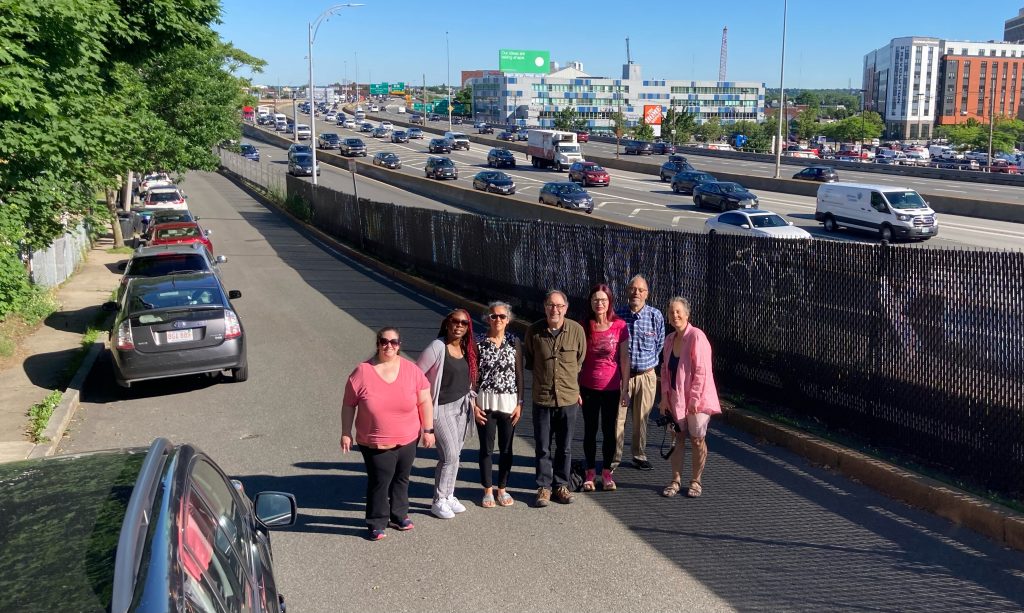
CREDIT: Kevin Jackson Shir Ginzburg, Chermaine Mason, Amy Law, Doug Brugge, Misha Eliasziw, Wig Zamore, Teresa Vazquez-Dodero.
SHARE
DOWNLOAD E-BOOK
WATCH THE ANIMATION
LISTEN TO THE AUDIO
REFERENCE
https://doi.org/10.33548/SCIENTIA837
MEET THE RESEARCHER
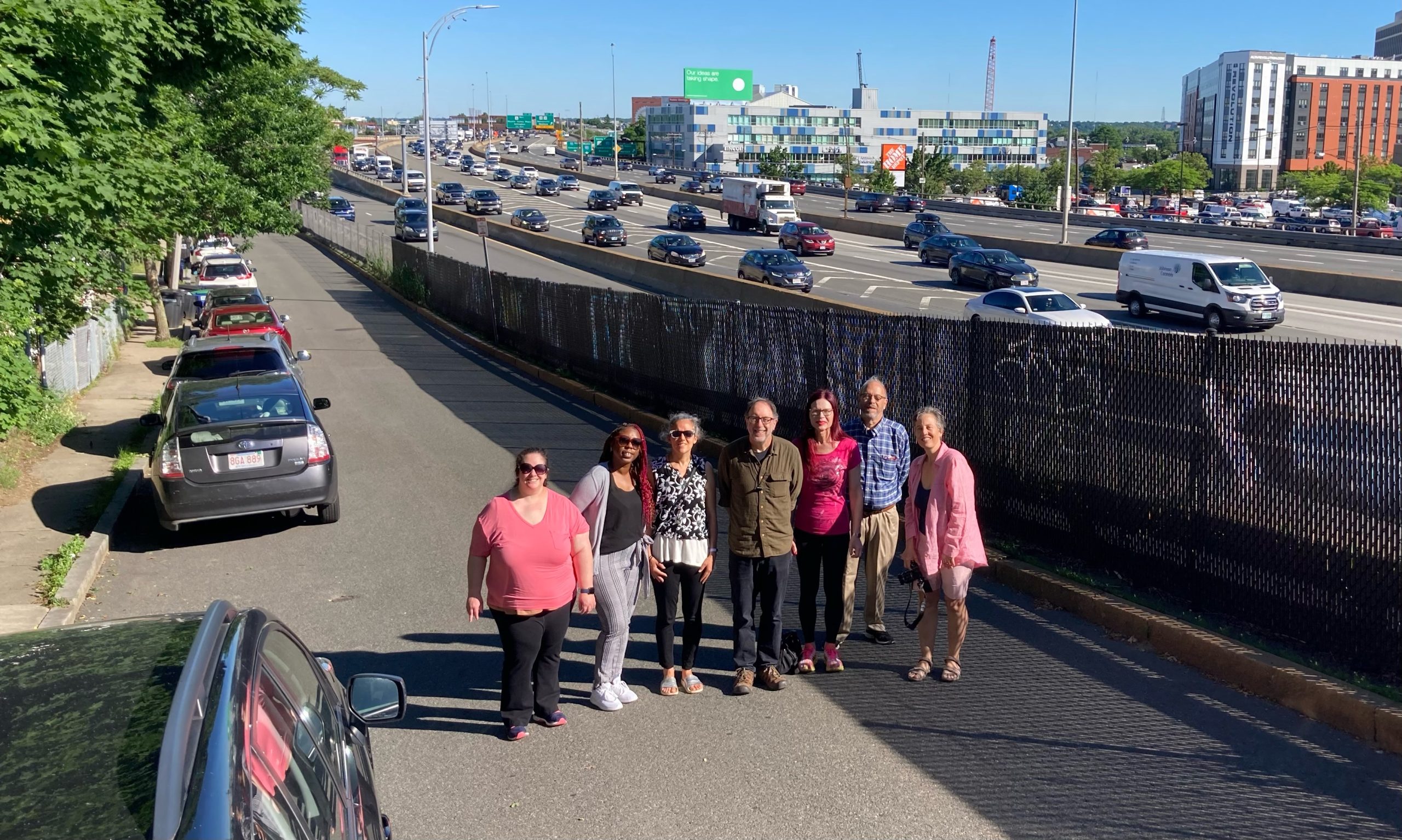
The Community Assessment of Freeway Exposure and Health Study (CAFEH)
Dr Doug Brugge
University of Connecticut
Connecticut, CT
USA
The Community Assessment of Freeway Exposure and Health Study (CAFEH) is led by Dr Doug Brugge, who is Principal Investigator for most of the CAFEH studies. He is Co-chair of CAFEH Steering Committee, in addition to Chair and Professor in the Department of Public Health Sciences at the University of Connecticut School of Medicine. CAFEH serves as the larger umbrella for five related community-based participatory research air pollution studies. These projects have full participation of the community partners in all aspects of the science including: developing the proposal, leading the study, and collecting, analysing and interpreting the data. The CAFEH project teams include staff (oversight, management, field, clinic, research, graduate students and student interns) and additional research collaborators. By improving understanding of how air pollution from traffic and highways affects people’s health, the team is developing approaches to mitigate this exposure at the individual and policy and practice levels.
CONTACT
W: https://mme.wsu.edu/jinwen-zhang/
FUNDING
US National Institute of Environmental Health Sciences
National Heart, Lung and Blood Institute
National Library of Medicine
US Department of Housing and Urban Development
Environmental Protection Agency
Kresge Foundation
FURTHER READING
D Brugge, SL Ginzbeg, N Hudda, et al., A randomized crossover trial of HEPA air filtration to reduce cardiovascular risk for near highway residents: Methods and approach, Contemporary Clinical Trials, 2021, 108, 106520. DOI: https://doi.org/10.1016/j.cct.2021.106520
D Brugge, S Ron, Particulate Policy, Metropolitan Area Planning and Council, 2021. https://www.mapc.org/wp-content/uploads/2021/06/Particulate-Policy-062121.pdf
N Hudda, M Elisasziw, SO Hersey, et al., Effect of Reducing Ambient Traffic-Related Air Pollution on Blood Pressure, Hypertension, 2021, 77(3), 823–832. DOI: https://doi.org/10.1161/HYPERTENSIONAHA.120.15580
D Brugge, MC Simon, N Hudda, et al., Lessons from in-home air filtration intervention trials to reduce urban ultrafine particle number concentrations, Building and Environment, 2017, 126, 266–275. DOI: https://doi.org/10.1016/j.buildenv.2017.10.007

REPUBLISH OUR ARTICLES
We encourage all formats of sharing and republishing of our articles. Whether you want to host on your website, publication or blog, we welcome this. Find out more
Creative Commons Licence (CC BY 4.0)
This work is licensed under a Creative Commons Attribution 4.0 International License. 
What does this mean?
Share: You can copy and redistribute the material in any medium or format
Adapt: You can change, and build upon the material for any purpose, even commercially.
Credit: You must give appropriate credit, provide a link to the license, and indicate if changes were made.
SUBSCRIBE NOW
Follow Us
MORE ARTICLES YOU MAY LIKE
Professor Abraham P. Lee | Delivering Cancer Immunotherapy with Acoustic-Electric Precision, AESOP’s Fact not Fable
Chimeric Antigen Receptor (CAR) T-cell therapy offers life-saving potential, particularly against blood cancers, but severe side effects such as cytokine release syndrome (CRS) limit its safety. These toxicities are linked to uncontrolled CAR expression levels on the T-cell surface. Led by Professor Abraham P. Lee, researchers at the University of California, Irvine, have developed an advanced microfluidic system, called the Acoustic-Electric Shear Orbiting Poration (AESOP) platform, to precisely control the dose of genetic material delivered into primary T cells. This innovation promises safer, more homogeneous, and highly effective cellular immunotherapies.
Dr Ray Stewart | Barriers to Dental Care for People with Special Needs: A Crisis of Neglect and Inaction
For people with special healthcare needs, something as basic as visiting a dentist can be nearly impossible. A ground-breaking paper by researchers at the University of California, San Francisco (UCSF) exposes the scale of this crisis. By outlining potential paths forward, Dr Ray Stewart and Dr Ben Meisel offer hope for significant improvements in access to essential dental care.
Dr Liisa Laakso | Lighting the Way: Exploring Photobiomodulation to Ease MELAS
MELAS is a rare and serious genetic condition that affects how the body’s cells produce energy, leading to extreme fatigue, muscle weakness, and a range of other symptoms. With no cure currently available, treatment focuses only on managing complications.
A team of researchers led by Dr Liisa Laakso at the Mater Research Institute-University of Queensland, Australia, is exploring an innovative, non-drug therapy called photobiomodulation, which uses light to stimulate mitochondria to work more efficiently. This pioneering study will provide intial evidence on whether PBM can safely reduce fatigue and improve quality of life for people living with MELAS, paving the way for future clinical trials.
Professor John Paul Pezacki, PhD, FRSC (UK) | Engineering Proteins for the Prevention of Disease Progression
The way in which viruses invade and replicate within their hosts involves a multilayered system of protein-based interactions, and understanding the mechanisms at play is crucial when developing potential treatments. Utilising new techniques such as genetic code expansion, Professor John Paul Pezacki and his team of researchers at the University of Ottawa in Canada have designed a novel, highly specific artificial protein complex which can halt the progression of viral infections in human cells. They have identified and described a novel approach to wider preventative and restorative therapeutics in human disease.


